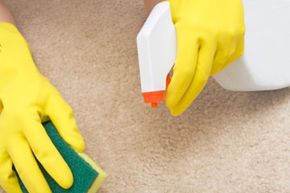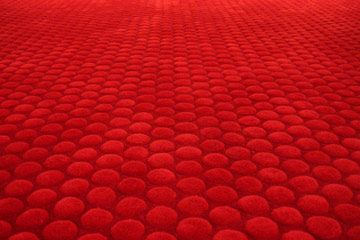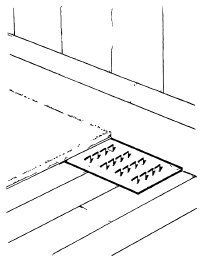Have you ever watched in horror as a party guest accidentally bumps into a table, sending a glass of red wine splashing across the floor? It quickly spreads across the carpet, forming a nightmarish red blob on your formerly light-beige floor covering. Amid apologies, cleaning tips and maybe a few too many well-meaning helping hands, you try to attack the stain before it sets into your carpet permanently.
While spilled wine may not be an everyday occurrence, your carpet is bound to take a few hits from dirty shoes or dropped food. If you have children or pets, your everyday messes are probably multiplied. Wouldn't it be nice if clean-up didn't involve hours of intense scrubbing, only to find that the stain still won't come out?
Advertisement
If your floors see more than their fair share of messes, stain-resistant carpet may be a good solution for you. While no carpeting is 100 percent stain-proof, the stain-resistant types make it easier to remove most stains quickly and without permanent damage.
When shopping for stain-resistant carpet, keep this in mind: While it's true that some types of carpeting naturally resist stains, carpet that is labeled or identified as "stain-resistant," is coated with a chemical finish that repels dirt or liquids, thereby preventing them from settling in.
So how does this type of carpet work its magic? On the next page, we'll take a closer look at the technology of stain-resistant carpet.
Advertisement





